
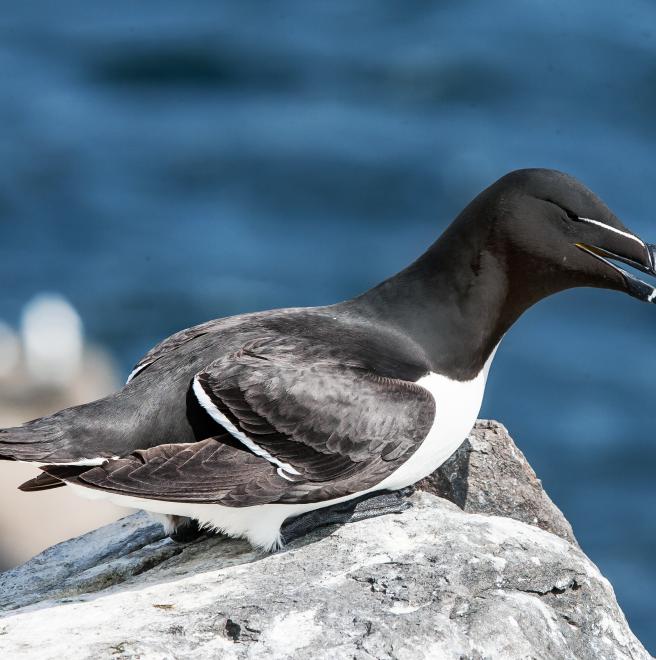
Birders often remark that the West Coast gets all the “good” alcids. That’s mainly true, but the Razorbill is a notable exception to the rule. This classy seabird’s North American range is limited strictly to the sea cliffs and open ocean off the East Coast. Audubon’s climate model, however, suggests that may change, as climatically suitable regions may soon become available on the West Coast, though at the cost of over half of the current climate space on the East Coast. A huge challenge at the current time is dispersal; but with sea ice in the Arctic Ocean widely expected to continue melting, Razorbills may now be able to make the biogeographic leap from East to West.
Explore more birds threatened by climate change around the country.
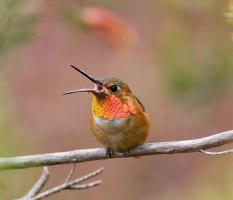
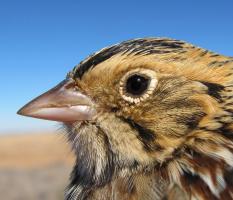
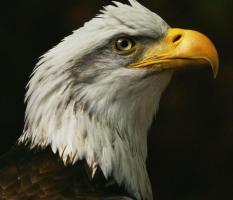
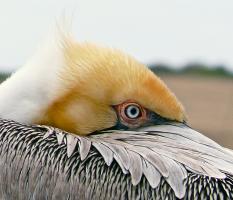

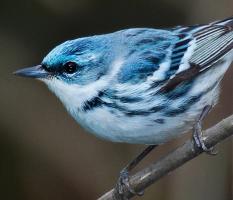
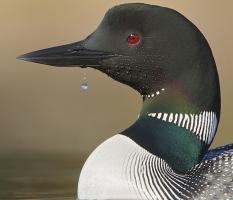
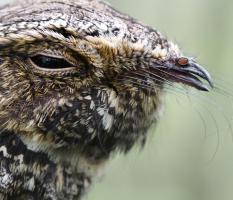





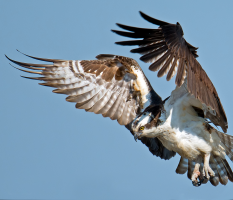
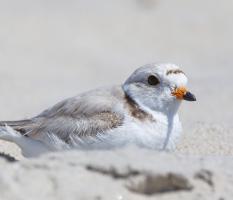

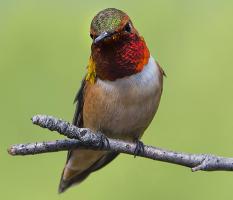

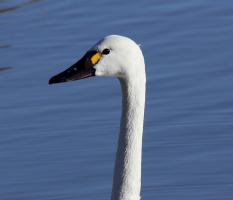
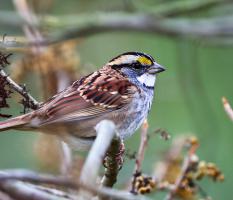

It's easier than you think to make a difference. Become an Audubon member today to help birds facing climate change.